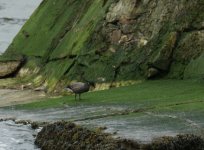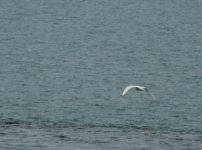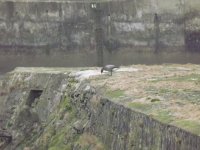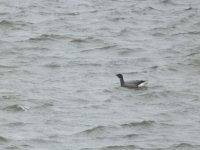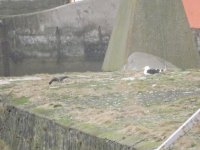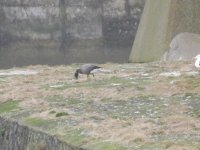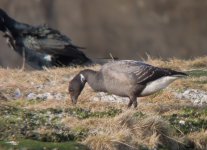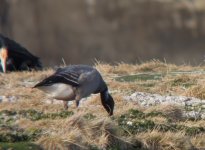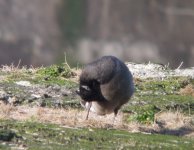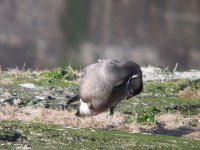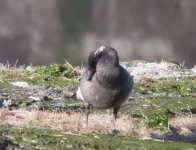Joseph N
Lothian Young Birder
And perhaps spelling revision too
My spelling is far better than my maths, I can assure you of that
More than happy to contribute to the PST Andrew, there's something satisfying about counting these bonnie birds. Interesting to know that Knot has been around a while, certainly only had them on no more than a couple of occasions there before, and they seem to favour the north bank. The Woodcock did come as a surprise, always great to see.
Joseph
Last edited:





